The Ultimate Guide To Companion Planting
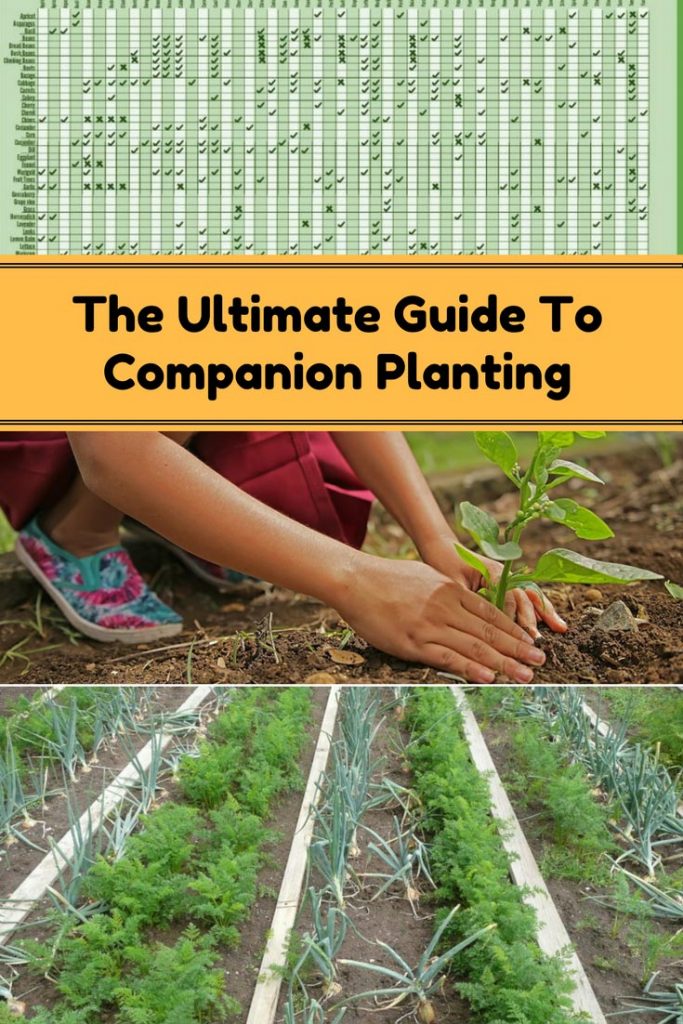
When you plant your garden, do you plant all the lettuces together? Are the tomatoes segregated from the carrots? Did you know that some plants chemically inhibit or enhance the growth and well-being of other plants and that, whether you are a small-scale gardener or a large-scale agriculturist, you can use these compatibilities to increase the vitality and yield of your own garden? Companion planting is a technique used by gardeners and farmers, in industrialized countries and developing counties. Many of the principles we utilize today were present centuries ago in the cottage gardens of Great Britain, Asia, and thousands of years ago in Mesoamerica.
The phrase “The Three Sisters” refers to a technique involving the three main agricultural crops planted by Native Americans, typically in the region that would become northeast America. These crops are winter squash, maize (corn), and climbing beans and planting them together allows them to benefit each other. Corn stalks provide support for the beans to climb. Beans provide nitrogen to the soil, which the other plants use. The squash fans out across the ground, blocking sunlight. This prevents weeds and acts as a living mulch, creating a microclimate that retains moisture and deters insects with its prickly hairs. This technique also saves space, allowing different plants to thrive in close proximity to each other without crowding by occupying the vertical and horizontal sphere.
The Three Sisters is a tried and true example of what is more broadly known as companion planting. There are many different ways that plants can help each other. They can provide nutrients to other plants, attract beneficial insects such as pollinators, deter or deceive harmful insects, offer physical support, and protect other plants from wind or heavy snow. Cool weather crops, such as spinach and kale, keep weeds at bay while waiting for the soil to warm enough for later crops and certain things planted in the Fall add nitrogen and protect the soil from erosion; these crops can be dug under in the Spring, adding organic matter to the soil and increasing its nutrient content.
Before getting into the nitty gritty of compatible plants, let’s go over some notable incompatibilities and general ground rules for avoidance. First of all, avoid monocultures. Instead, try planting a mix of short, shade tolerant plants beneath taller plants. If all of your plants require full sun, position taller varieties at the north end of your garden and shorter ones on the southern end. While herbs are generally beneficial when interspersed with other plants, be sure to keep dill away from tomatoes and carrots. Similarly, garlic, chives, and onions should be separated from beans. And do not mix fennel in with anything; it is incompatible with most other plants.
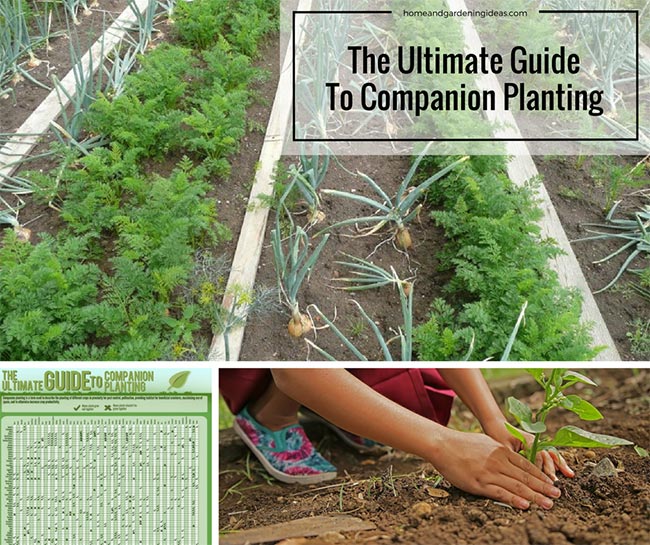
The benefits of companion planting can be broken down into 2 categories: preventative and enhancing. For the first group, plants are selected specifically to discourage insects, weeds, disease, and erosion. There are different ways that this can be achieved. Trap cropping is a technique that uses alternative, decoy plants to attract pests away from the target crop. For example, certain caterpillars feed primarily on brassicas (members of the cabbage family).
These same caterpillars will also eat nasturtium (Tropaeolum majus). Some gardeners plant nasturtium around their brassicas so that the caterpillars will lay their eggs and eat the nasturtium instead of the cabbage. Another well-known garden helper is the marigold. The spicy smell of marigolds repels aphids and their simple yellow and orange flowers attract hoverflies which, in the larval stage, feed on aphids. Attracting or providing habitat for beneficial parasitic and predatory insects is, ironically, an effective means of pest control.
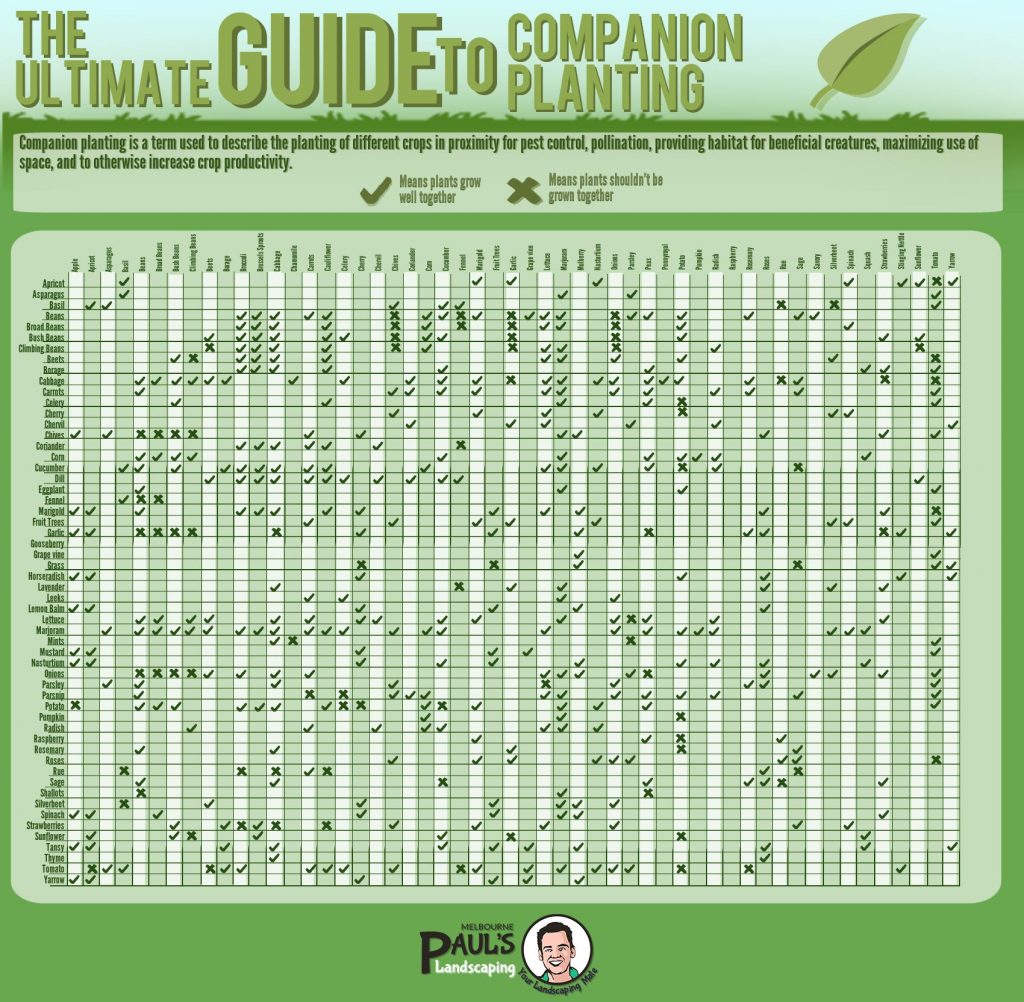
Companion planting for weed control generally involves one of two techniques: intercropping or sequential cropping. Intercropping involves planting two crops at the same time with different maturation rates so that weeds do not have a chance to grow and you get two crops instead of one. Sequential cropping means planting in sequence. Both methods involve dense planting that does not give weeds the chance to take hold.
Using companion planting for disease control and to prevent erosion are matters of common sense. Monocultures are completely vulnerable to being wiped out by disease or insects. Diversifying your crops is like diversifying your assets; if one stock tanks, you haven’t lost everything. Erosion is a very real issue for large agricultural operations. Many farmers plant a cover crop to prevent erosion and to replace nutrients in the soil.
Now that we’ve covered the preventative uses of companion planting, let’s look at the ways that it can directly enhance your garden’s productivity. One of the best ways for some plants to boost others is by sharing or providing nutrients. Some members of the legume family, including peas, beans, and clovers, and vetches are able to take nitrogen from the air with the help of certain bacteria. This allows them to share the nitrogen with other plants.
This is remarkable because, while all plants and animals need nitrogen, no animals and few plants can actually use it in its gas form. Clovers and vetches are used widely as cover crops for this reason. Peas and beans can be rotated to different areas of your garden over successive years, allowing the soil to benefit from the nitrogen they leave behind. And intercropping other plants with these nitrogen sharing legumes allows the second crop to enjoy access vicariously.
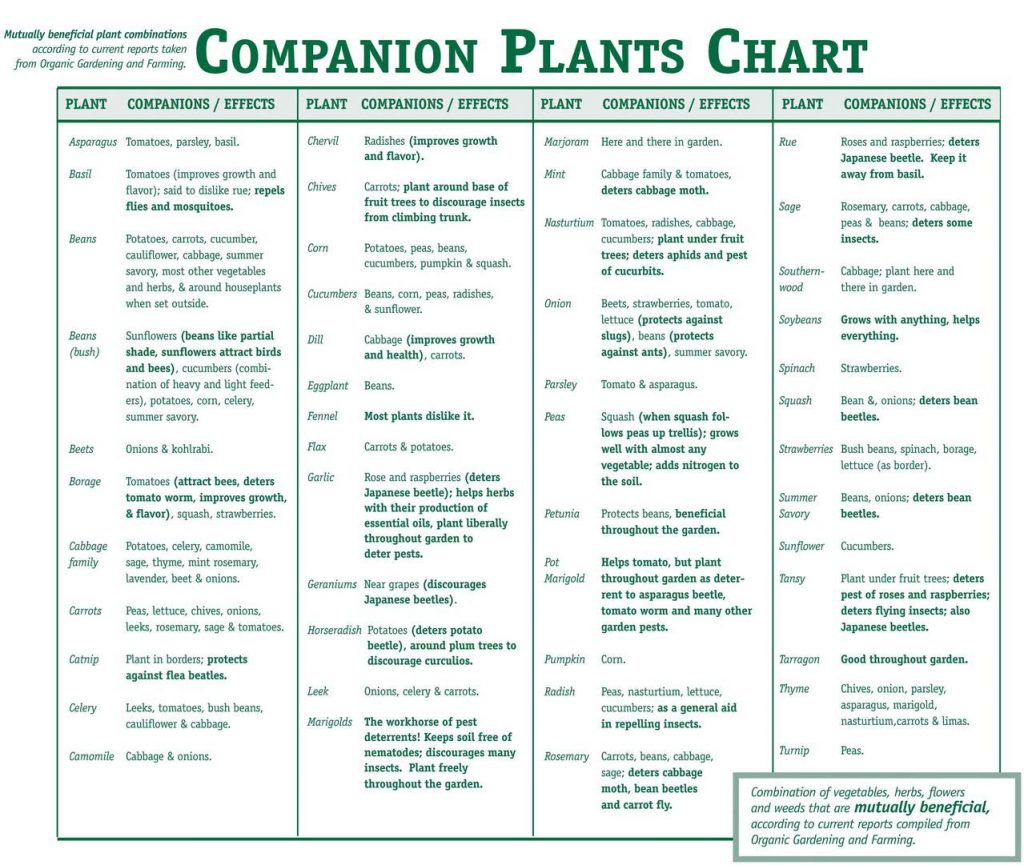
Another way that plants can actively help each other is through physical support or protection. We saw an example of one plant supporting another in the Three Sisters method where corn offers support to climbing beans. Sturdy plants can also offer protection from wind, full sun, or heavy snow. Short, shade-tolerant plants like lettuce also benefit from close proximity to tall, full-sun plants such as peppers and tomatoes.
The Three Sisters also illustrates another facet of companion planting: physical use of space. Using the corn as a pole allows the beans to climb up rather than fan out, leaving the ground available for squash. Intercropping and sequential cropping further allow for efficient use of space. Intercropping capitalizes on different heights and sun requirements. Sequential planting takes advantage of the different rates at which plants grow. Squash takes a lot of space to grow, but only in the height of summer. A strategic gardener can get an early Spring crop of kale or spinach from that same spot before the squash really needs the space.
Thanks for checking out “The Ultimate Guide To Companion Planting”. If you found this article interesting please consider sharing it on Facebook and Pinning it on your Pinterest boards, this will help spread the word and help hundreds of people see this info too, Also let me know in the comments below if you would like to add any more info to this article…
 Home and Gardening Ideas At home and Gardening ideas we believe inspiring readers about homesteading, self sufficiency
Home and Gardening Ideas At home and Gardening ideas we believe inspiring readers about homesteading, self sufficiency
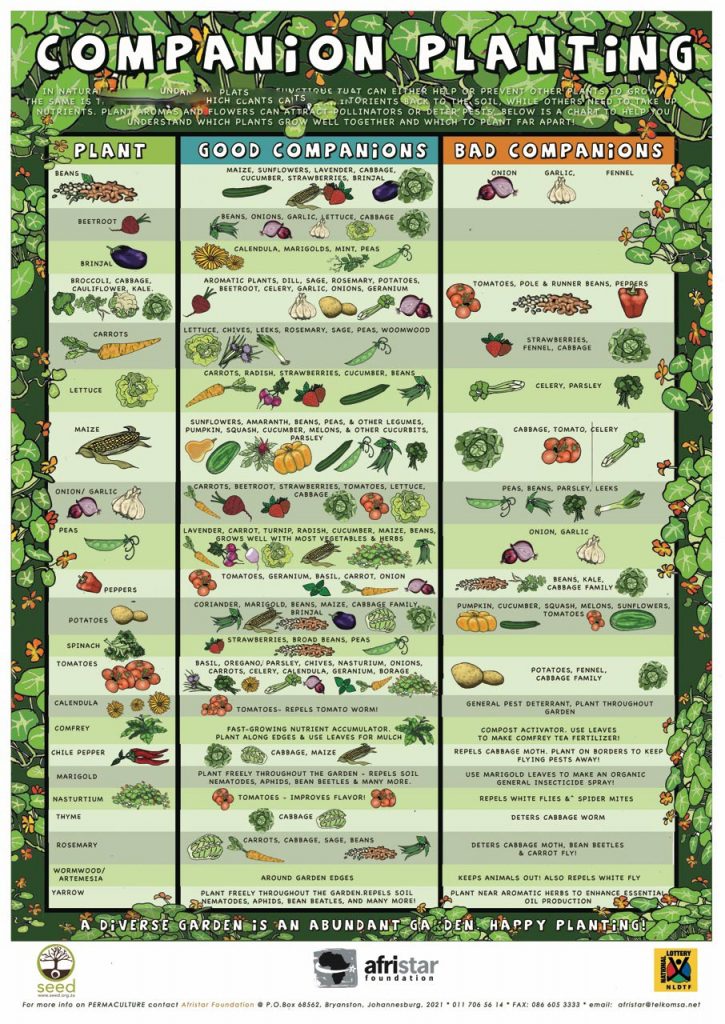






I have the Carrots Love Tomatoes book and it is a very good book on companion planting. It is well worth the investment.
Thank you for letting us all know.